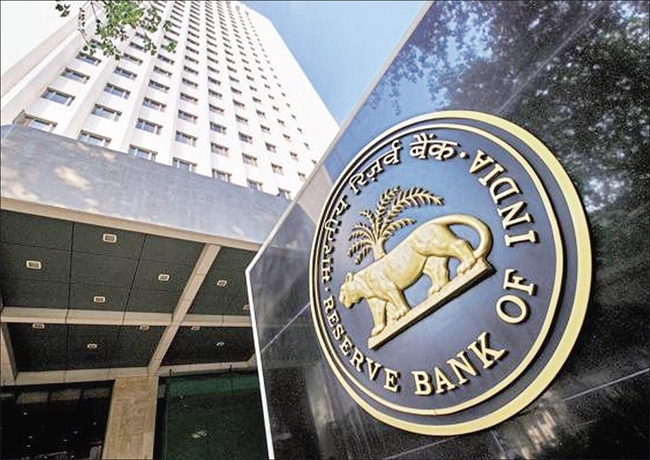
India has engaged in a contentious discourse with the International Monetary Fund (IMF) after the latter labeled the Reserve Bank of India’s (RBI) foreign exchange market intervention as excessive, implying potential influence over the rupee’s valuation.
The IMF’s annual Article IV country report, released recently, stated that the RBI’s intervention in the foreign-exchange market was seemingly disproportionate between December 2022 and October 2023. This led the IMF to reclassify India’s foreign-exchange regime to a “stabilized arrangement” from a “floating” system, asserting that the rupee’s movement within a narrow range indicated excessive intervention by the central bank.
India swiftly retaliated against this assessment, strongly contesting the IMF’s characterization as “unjustified.” The RBI refuted the IMF’s viewpoint, stressing that the observed period was short-term, and challenging the assessment’s validity over a more extended two to five-year horizon, according to the fund’s report.
However, the RBI declined immediate comment in response to inquiries seeking further clarification.
Throughout the stipulated period, the rupee displayed a marginal 2% depreciation against the dollar from December 2022 to October 2023, following an approximate 8% decline in the preceding 12 months. Estimates suggest the RBI’s intervention in the currency market amounted to about $78 billion during these nine months, contributing to India’s foreign exchange (FX) reserves nearing $604 billion, approaching the record high of $642.5 billion reached in 2021.
While top RBI officials reiterated the central bank’s stance of not targeting the rupee’s specific level, they emphasized intervention to smoothen market volatility. This position holds significance for India, especially considering the periodic placement on the US Treasury’s monitoring list of potential currency manipulators, which India exited in November 2022.
During the IMF’s annual meetings in October, RBI Governor Shaktikanta Das criticized the US Treasury’s practice, advocating for emerging markets like India to fortify their reserve buffers against global risks.
Michael Wan, a senior currency analyst at MUFG Bank Ltd., emphasized India’s improbable classification as a currency manipulator by the US, citing the central bank’s intervention below 2% of GDP over a 12-month period. Wan also anticipates potential rupee easing by the RBI in 2024, aligning with a foreseen dollar depreciation.
In the IMF’s Article IV report, India’s economic outlook received an optimistic nod, suggesting the nation’s potential for faster growth than the estimated 6.3% in the current and next fiscal years with essential structural reforms. The report underscored the need for rigorous fiscal consolidation to contain public debt, affirming the RBI’s current monetary policy stance as conducive to achieving the 4% inflation target.
Sources By Agencies


